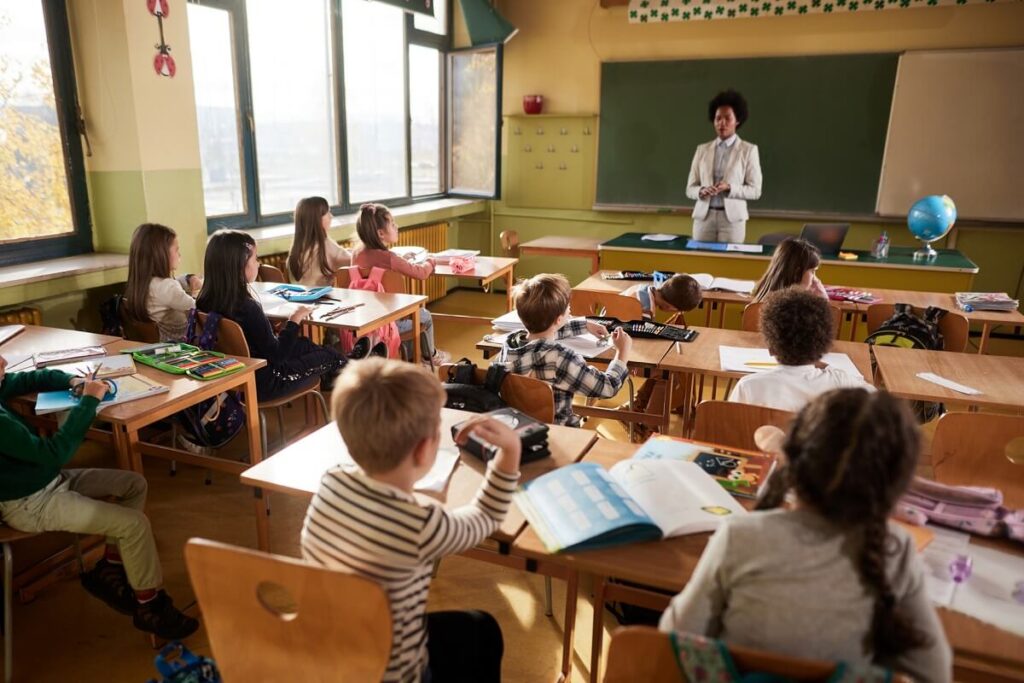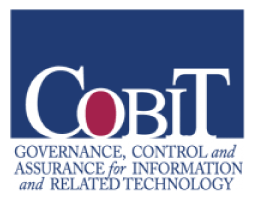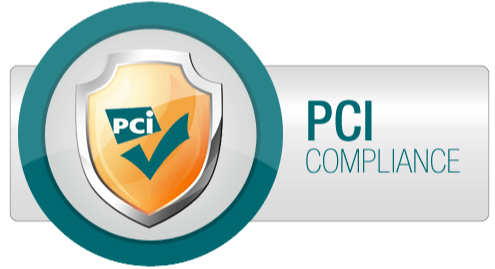National Parental Involvement Day is November 17th. This day provides a yearly opportunity for schools and families to honor and highlight the powerful contributions parents and caregivers provide at school and at home to support student success. It is an important day to remind us that the role of parents and caregivers in education involves more than just getting their child to and from school each day.
What Does Parental Engagement and Involvement in Schools Mean?
According to the CDC, “parent engagement in schools is a shared responsibility in which schools and other community agencies and organizations are committed to reaching out to engage parents in meaningful ways, and parents are committed to actively supporting their children’s and adolescents’ learning and development.”
Besides family and parent engagement and involvement being required by certain mandates, these partnerships are fundamental for helping and supporting students achieve their maximum potential.
It is also imperative that educators, schools and the community make intentional and productive efforts to listen to and support parents and other caregivers. They must assist in ensuring parents and caregivers have the means to be effective partners in their child’s education.

Benefits of Parental Involvement with Students
Research and experience show that strong parent and caregiver involvement is a necessary and critical component in improving student outcomes and creates some of the following crucial benefits:
Access Student’s Background Knowledge
Parent and caregiver involvement provides an opportunity for educators to get to know a student’s background. Each student’s diverse background affects whether they comprehend content, and their differing perspectives and abilities to access content.
Utilizing a student’s background knowledge within lessons creates student interest and a deeper connection to content. It can also be an effective way to help bridge the gaps to learning and make content more accessible.
Differentiate Instruction
Parents and caregivers can provide the most valuable information about a student’s supports outside of school and in years prior. Connections with students and their parents and caregivers can help identify and create appropriate accommodations, modifications, and/or additional supports since each student learns differently.
Communication with parents and caregivers about effective supports helps to build consistency between the home environment and school.

Support Parents and Caregivers
Most parents and caregivers want to play a more informed and active role in their child’s education but may need guidance on how to effectively support their child. Regular, effective communication with parents and caregivers can help bridge that gap.
Schools and educators can provide suggestions to parents and caregivers about how skills can be reinforced and practiced at home. Ultimately, make sure parents and caregivers know what is occurring in the school and classroom and know how they can support learning at home, as well.
Address Behavior
Parent engagement in addressing challenging behavior across a variety of settings (e.g., school, community, in the home) is pivotal for positive behavior development and change.
When parents, caregivers and educators create effective communication and collaboration, better development and implementation of positive behavior support strategies can be established consistently to and from home and school settings. As a result, students will benefit from clear and consistent expectations, and practice positive behavior.
Create Consistency and Expectations
It is crucial to help parents and caregivers establish and maintain consistency and expectations for their child. Providing consistency in a child’s daily life, structure, and routines create necessary boundaries to learning and development.
Providing consistency guides students to establish and assimilate information in order to understand the world and how they should behave positively in school and outside of school.
Parental Involvement Outcomes
Parent and caregiver involvement and engagement in their child’s education contributes to positive student benefits and outcomes, such as:
- decreased disciplinary issues
- improved student achievement
- improved relationships between educator and parent and caregiver, and educator and student
- improved whole school environment
Research also supports that parent involvement, and involvement from other adult primary caregivers, improves overall student success and increases confidence.
Become an Active Part of a Child’s Success
Parent and caregiver engagement, including establishing relationships with parents and caregivers, improves student academic achievement, social and behavioral competencies, emotional wellness, and the benefits and outcomes for the child are abundant. School and learning can be seen as a positive, safe place when parents and caregivers are an active part of a child’s success!
Learn more about how to become involved for the benefit of your child’s academic success by contacting us today.



